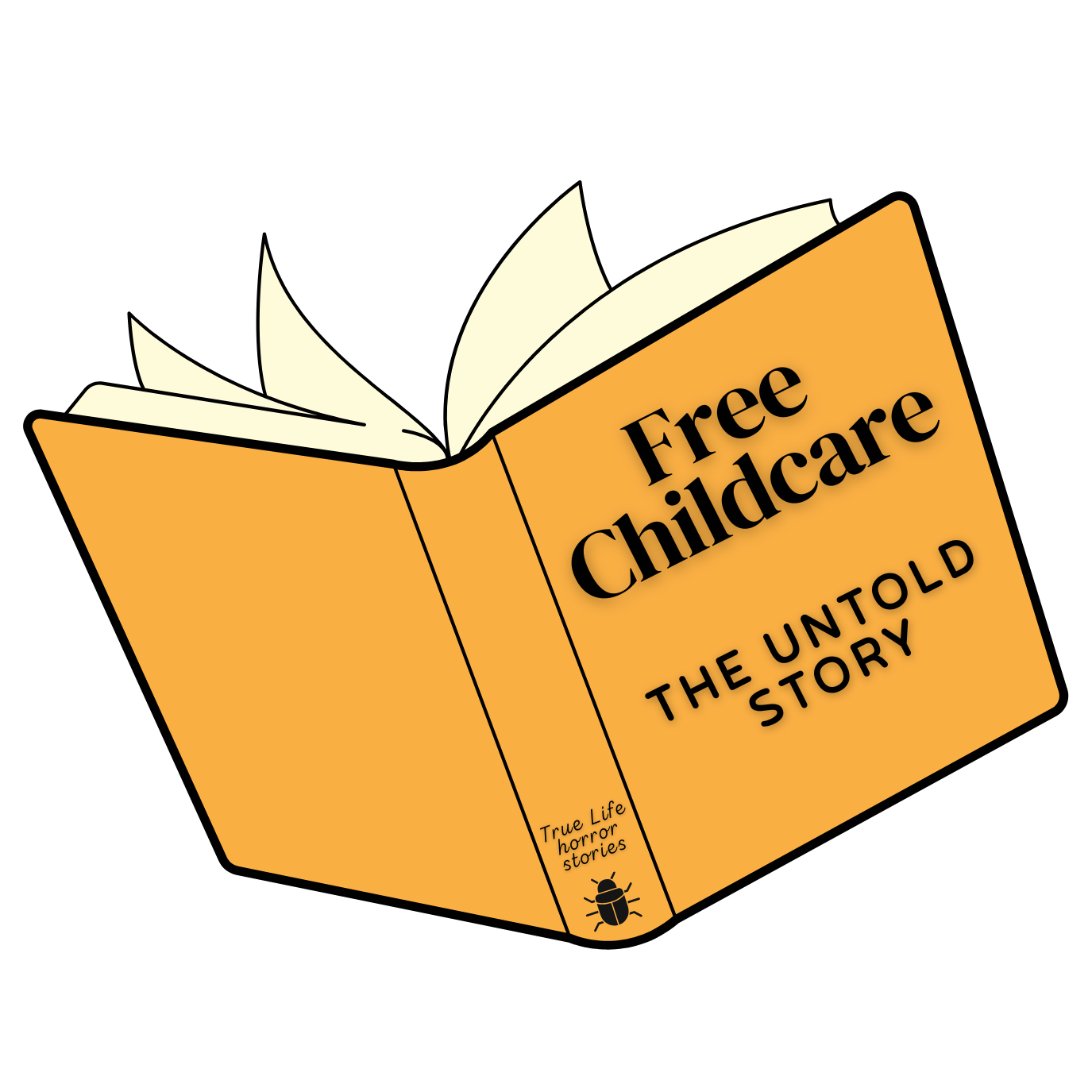When the government announced that 30 hours of free childcare would be extended to children from nine months old, I felt a wave of relief. Like many parents, I thought this was finally the breakthrough we’d all been waiting for. Childcare is one of the biggest pressures on our family budget, and the idea of it being free, at least in part—sounded life-changing.
But the reality? The bills haven’t disappeared. In fact, they don’t look that different from before. I find myself staring at invoices from nursery and wondering: isn’t this meant to be free?
What I’ve since learned is that the “free” part only goes so far. The funding the government provides doesn’t actually cover the full cost of a nursery place or a childminder’s service. It’s more like a contribution, and depending on where you live, that contribution might stretch further or barely cover the basics at all.
That’s because the funding rate itself is set differently from county to county. In some areas, the hourly rate is just about workable. In others, it’s far too low to cover even the essential costs of trained staff, safe spaces, and quality activities. Parents in those counties end up paying more to make up the gap, which is why two families in different parts of the country can have very different experiences of what “free childcare” actually looks like.
And this is where it gets complicated. Some nurseries and childminders simply can’t make the sums work, no matter how hard they try. In fact, many are already opting out of the scheme altogether because the funded rate is too low to keep their business sustainable.
It leaves parents in a confusing position. We were told childcare would be free, but what we’ve actually got is a scheme that still leaves us paying significant amounts each month. And we’re not talking about extras or luxuries here. We’re talking about the basics that allow nurseries to provide safe spaces, trained staff, nutritious meals, and enriching activities.
For families who want more than just a place to drop their child off, a setting that offers high-quality early education, outdoor learning, or approaches like Montessori or Forest School, there are often additional charges. These methods give children incredible experiences, but they can’t run on the current funding alone. Without parents contributing extra, those opportunities risk disappearing.
And that’s the real worry. Early years education isn’t just about keeping children occupied while parents work. The research shows again and again that high-quality early education makes a huge difference to children’s long-term wellbeing, confidence, and success. So why isn’t it being funded properly?
I don’t think parents should have to become experts in government funding formulas just to understand their nursery bill. But here we are, trying to make sense of it all. Do we just accept that “free” childcare is really more like a partial discount? Do we keep paying more and hope our providers survive? Or do we start asking tougher questions about why funding is so inconsistent and whether children’s needs are truly at the centre of policy?
Right now, I feel like we’ve been promised one thing and handed something else entirely. The headline sounds fantastic. The reality, as most parents know, is far more complicated.
Childcare Costs: The Truth Behind the Headlines
Over the past decade, few topics have stirred as much parental frustration and political rhetoric as childcare costs. The mainstream narrative has been clear: childcare is unaffordable, underfunded, and in urgent need of government reform. But what if that...
The Reality Behind the Headlines: Why “Free Childcare” Isn’t Free
This past week has seen a flurry of government announcements about early years: Prime Minister Keir Starmer’s open letter to parents, full of promises under the Best Start in Life banner, and the appointment of Olivia Bailey as the new Early Education Minister. On...
The Myth of ‘Free’ Childcare: A Crisis in the Making
September marks the arrival of the much-publicised 30 hours of so-called ‘free childcare.’ For parents, this announcement often brings relief. For childcare providers, it’s more likely to bring a deep sigh of dread. The reality behind the headline offer involves...

AS a provider i have been fighting this anomaly for years— laively to see that a parent has now understood this ! The government has used us for many yearsas they could not supply enough childcare spaces in the state sector
funding is low and we are taxed on any profit ( and you cannot sustain an early years setting at a loss ) We have increased NIand ,of course to sustain a stable staff team , good salaries — the government should never have used the word free but they are intent in getting rid of private provision